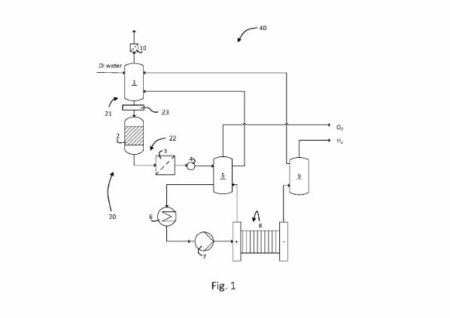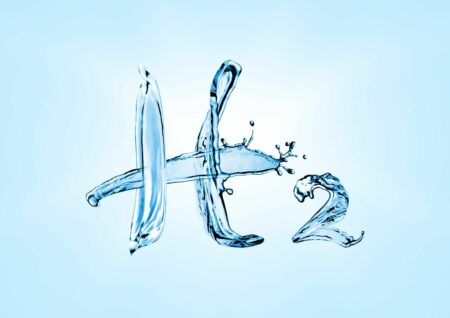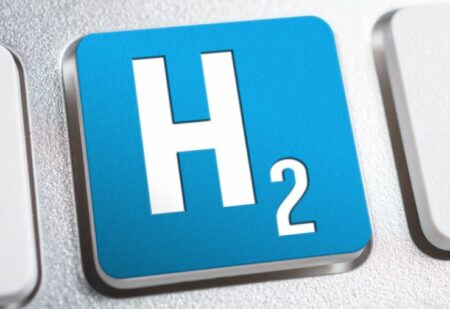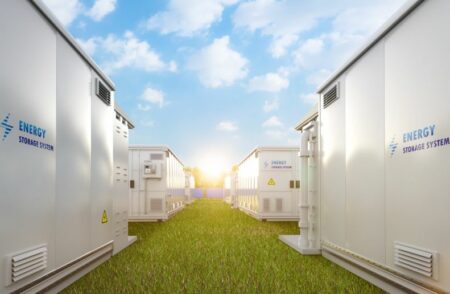In analyzing the ambitious European Green Deal (EGD), which aims to achieve climate neutrality by 2050, a key insight emerges: despite the significant efforts underway, just 32 of 154 policy targets are fully on track as of mid-2024.
More than 86 million tons of carbon dioxide are emitted annually by the glass industry, largely due to its energy-intensive processes that require temperatures exceeding 1,500°C to melt raw materials like silica, soda ash, and limestone.
The patent outlines an innovative water treatment loop designed for integration with electrolysis stacks within a hydrogen-producing electrolysis plant.
TEP, or Tucson Electric Power, is considering a new venture by exploring a grant that could lead to the integration of nuclear power into their energy portfolio.
Toyota Motor Corporation is making headlines with its decision to establish a wholly owned company in Shanghai.
In a strategic shift aimed at revitalizing the UK’s energy sector, the government has unveiled plans to ease the development of mini nuclear power stations.
The Department of the Environment, Climate and Communications (DECC) in Ireland has launched a tender titled “Provision of Development of Hydrogen and ORE Innovation Investment Plans.”
According to the International Energy Agency, approximately two-thirds of energy input in industrial processes dissipates as waste heat.
A recent study published in the International Journal of Hydrogen Energy provides measured insight into how photovoltaic (PV) and wind electricity supply chains are reshaping the carbon profiles of green hydrogen in Italy and the UK.
The concept of a digital twin—creating a virtual representation of a physical system to simulate its real-time operations—has seen increasing adoption across industrial applications.











